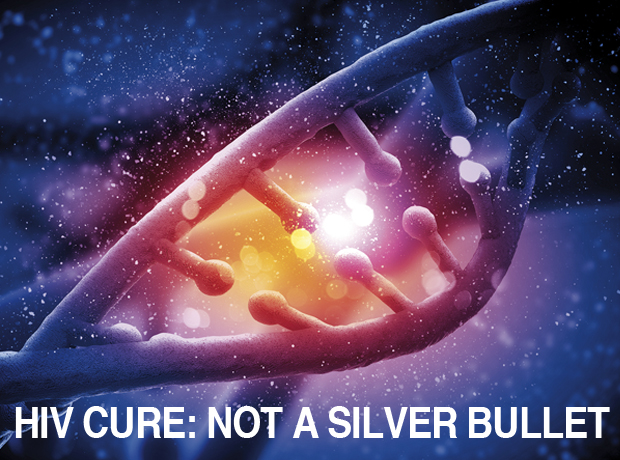HIV Media Guide
Information for journalists
Combination antiretroviral therapy
There have been significant advances in HIV treatment. Medication now allows for better long-term health for people living with HIV and also significantly decreases HIV infection risk. These advances also have the potential to dramatically reduce the number of people newly infected with HIV each year.
Antiretroviral drugs are used in the treatment and prevention of HIV infection. They work against HIV by stopping or interfering with the reproduction of the virus in the body. If virus reproduction is stopped, the body’s immune cells live longer and provide the body protection from infections.
HIV is difficult to treat because it quickly adapts to whatever medicines are being taken and is able to mutate to circumvent each medication. Combination antiretroviral therapy, which typically involves at least three drugs at the same time, makes it harder for the virus to adapt and become resistant.
Taking antiretroviral treatment
‘ART’ or ‘ARV’ are acronyms commonly used to denote ‘antireroviral therapy’ or treatment. ‘Highly active antiretroviral therapy’ (HAART) is a term often used to describe a combination of three or more antiretroviral HIV drugs.
The Futures 7 Report found that of those people with HIV surveyed 87.3% were currently using ART and 91% had used ART at some time.
Taking ART medication every day at the right time and in the right way keeps the correct levels of medications in the body, which makes it very hard for the virus to become resistant. Treatment adherence is vital for effective HIV management, and it is one of the ongoing challenges faced by people with HIV and their treating doctors.
Treatment adherence is becoming easier for people with HIV with the development of single tablet regimens. These tablets combine different HIV drugs in one pill which can be taken once a day. Four single tablet treatments have been developed and all have been approved for use in Australia.
The benefits of early treatment
In May 2015 a major international trial – the START study – stopped ahead of schedule so that people in the ‘deferred’ study arm could be immediately offered treatment. START provided conclusive evidence that starting HIV treatment early (before significant immune system damage) has major health benefits for people with HIV.
The study, which began in 2009 and involved 35 countries including Australia, showed that early treatment halved the risk of people with HIV developing a range of serious illnesses, including cardiovascular events, renal and liver disease and cancer.
Based on the evidence provided by START and other studies, on July 2015 leading figures in the global HIV response endorsed the Vancouver Consensus Statement, which calls for immediate access to ART for all people with HIV when diagnosed.
All Australians with HIV can begin treatment as early as they choose due to changes to Pharmaceutical Benefits Scheme (PBS) prescribing rules in early 2014.
Reducing HIV transmission
A number of studies have shown that people who are on effective treatment are unlikely to transmit HIV to a sexual partner because ARVs suppress the level of HIV (viral load) in their body fluids. This is known as ‘treatment as prevention’.
See also:
ART can also reduce the risk of mother to child transmission. In most high-income countries, the rate of HIV transmission to babies has been reduced to less than 1 percent where ART is used in combination with caesarean section (instead of vaginal birth) and formula bottle feeding (instead of breastfeeding).
See also:





